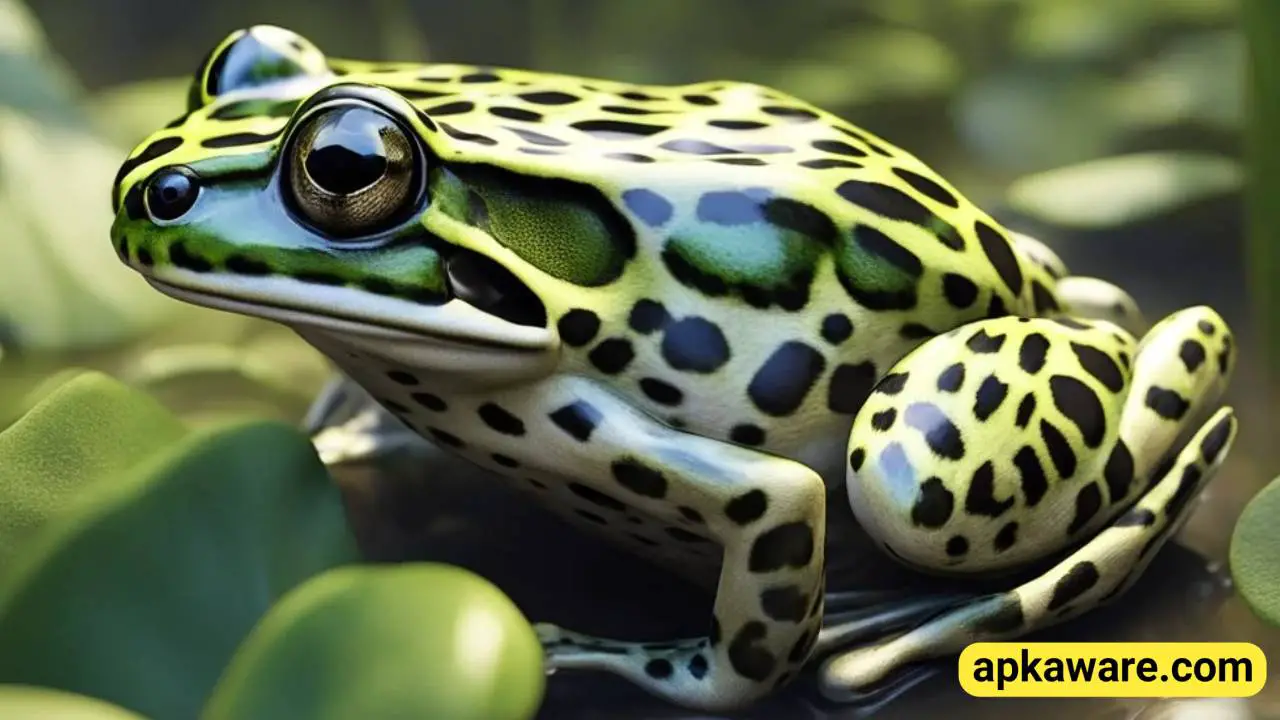Easy Skin Shedding Tips For Leopard Frogs
Understanding the Shedding Process in Leopard Frogs
Leopard frogs, like many amphibians, undergo periodic shedding of their skin. Understanding this process is crucial for ensuring the health and well-being of your pet frog.
Importance of Shedding for Frog Health
Skin shedding is vital for leopard frogs as it allows them to grow, replace damaged skin, and rid themselves of parasites. Failure to shed properly can lead to complications and discomfort for your frog.
Phases of the Skin Shedding Cycle
The shedding cycle of leopard frogs typically consists of several phases, including preparation, shedding, and post-shedding recovery. Recognizing these phases can help you provide appropriate care during each stage.
Optimal Habitat Conditions for Skin Shedding
Creating the right environment is essential for facilitating the shedding process. This includes maintaining proper temperature and humidity levels in the frog’s enclosure.
Temperature and Humidity Control
Leopard frogs require specific temperature and humidity ranges for optimal shedding. Ensure that your frog’s habitat provides these conditions consistently.
Setting Up a Comfortable Enclosure
A comfortable enclosure with appropriate hiding spots and substrate can help reduce stress during shedding.
Supplementing Diet to Aid Shedding
A balanced diet rich in nutrients is crucial for supporting healthy shedding. Consider supplementing your frog’s diet with foods that promote skin health.
Nutrients That Support Skin Health
Certain nutrients, such as vitamins A and E, are particularly important for maintaining healthy skin in leopard frogs.
Feeding Schedule and Diet Tips
Establishing a regular feeding schedule and offering a varied diet can help ensure your frog receives all the nutrients it needs for optimal shedding.
Recognizing Signs of Shedding in Leopard Frogs
Knowing the signs of shedding can help you anticipate when your frog may need extra care and attention.
Maintaining Cleanliness During the Shedding Process
Keeping the enclosure clean is essential for preventing infections and other complications during shedding.
Regular Cleaning Routines
Developing a regular cleaning routine can help keep your frog’s environment clean and hygienic.
Reducing Bacterial Growth
Minimizing bacterial growth in the enclosure can help prevent skin infections during shedding.
Preventing Shedding Complications
Taking proactive measures to support your frog’s shedding process can help prevent complications such as retained shed or skin infections.
Hydration: Essential to Leopard Frogs’ Skin Shedding
Proper hydration is crucial for facilitating shedding in leopard frogs.
Water Quality and Availability
Ensure that your frog has access to clean, dechlorinated water at all times.
Misting Systems and Soaking Baths
Using misting systems or providing soaking baths can help maintain optimal humidity levels and keep your frog hydrated during shedding.
Handling Your Leopard Frog During Shedding
Minimizing handling during shedding can help reduce stress and prevent injury to your frog.
Stress Reduction Techniques for Shedding Frogs
Identifying and minimizing stressors in your frog’s environment can help promote a smooth shedding process.
Identifying Stressors in Leopard Frogs
Common stressors for leopard frogs include changes in temperature, inadequate hiding spots, and disturbances in their environment.
Creating a Calm Environment
Providing a calm and quiet environment can help reduce stress for shedding frogs.
Conclusion
By understanding the shedding process and providing appropriate care, you can help ensure that your leopard frog remains healthy and comfortable during this natural cycle. With these easy skin shedding tips, you can support your frog’s well-being and enjoy watching it thrive in its habitat.
